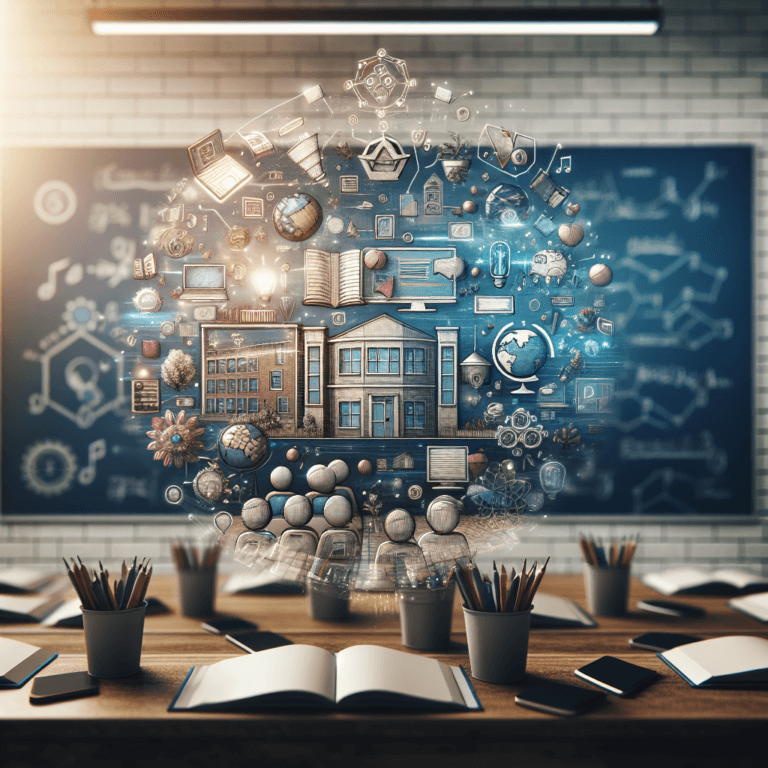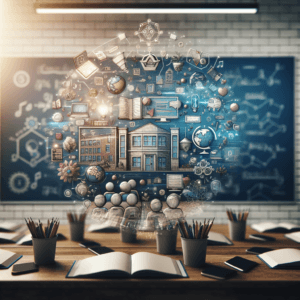Innovative Approaches to Modern Educational Learning Programs
In an increasingly fast-paced world, the landscape of education is evolving to meet the diverse needs of learners across various age groups and backgrounds. Traditional teaching methods are being supplemented, or in some cases replaced, by innovative approaches that embrace technology, personalized learning, and collaborative environments. This article delves into some of the most effective strategies transforming modern educational learning programs.
1. Blended Learning Models
Blended learning combines traditional in-person instruction with online learning, offering students the flexibility to engage with material at their own pace. This model allows educators to tailor lessons to individual learning styles, ensuring a more personalized educational experience. By integrating digital resources and face-to-face teaching, students can benefit from both structured guidance and independent exploration. Moreover, this approach promotes the development of digital literacy skills essential for success in the 21st century.
2. Project-Based Learning (PBL)
In project-based learning, students acquire knowledge and skills by working on real-world projects. This hands-on approach not only helps to deepen understanding but also enhances critical thinking, collaboration, and problem-solving abilities. By engaging in meaningful projects, learners can connect theoretical concepts to practical applications, fostering a genuine interest in the subject matter. Schools that implement PBL often report higher levels of student engagement and motivation, leading to improved academic outcomes.
3. Gamification of Learning
Gamification incorporates game elements into the educational process to increase student engagement and motivation. By introducing elements such as points, badges, and leaderboards, educators create a more dynamic and competitive learning environment. This approach appeals to students’ natural instincts for achievement and rewards, transforming mundane tasks into exciting challenges. As a result, learners exhibit greater persistence and enthusiasm in their studies. The use of gamified learning platforms has proven particularly effective in subjects that students may typically find daunting, such as mathematics and science.
4. Social-Emotional Learning (SEL)
An increasing focus on social-emotional learning recognizes the importance of emotional intelligence as a component of overall educational success. Programs that prioritize SEL help students develop skills such as self-awareness, empathy, and resilience. By creating a supportive classroom environment, educators can foster positive relationships that facilitate both academic and personal growth. Schools implementing SEL frameworks often see reductions in behavioral issues and improvements in student well-being, leading to a more conducive learning environment.
5. Flipped Classrooms
The flipped classroom model reverses traditional teaching methods by delivering instructional content outside of the classroom. Students engage with lectures, videos, and readings at home, freeing up classroom time for interactive discussions, group work, and hands-on activities. This approach encourages active learning and allows teachers to provide personalized support during in-class activities. By shifting the focus to application rather than passive consumption, the flipped classroom model enhances student comprehension and retention of information.
6. Collaborative Learning Environments
Collaboration among students is proven to enhance learning outcomes. Modern educational programs are increasingly adopting collaborative learning approaches wherein students work together to solve problems and share ideas. This method fosters communication skills, teamwork, and a sense of community among learners. By promoting a culture of collaboration, educators can create inclusive environments that empower students to take ownership of their learning while valuing diverse perspectives.
7. Adaptive Learning Technologies
Adaptive learning technologies utilize data and analytics to tailor educational experiences to individual student needs. These technologies assess performance in real-time and adjust the difficulty of tasks accordingly, ensuring that each student is challenged at their appropriate level. By personalizing the learning journey, adaptive learning fosters greater engagement and enables students to progress at their own pace, ultimately leading to improved understanding and mastery of content.
Conclusion
The innovative approaches to modern educational learning programs underscore the necessity of adapting to the needs of diverse learners in an ever-evolving world. By embracing blended learning, project-based initiatives, gamification, social-emotional learning, flipped classrooms, collaborative environments, and adaptive technologies, educators can create dynamic and effective learning experiences. As these methods gain traction, the future of education will undoubtedly be shaped by a commitment to innovation, inclusivity, and a student-centered focus that prepares individuals for lifelong success.







